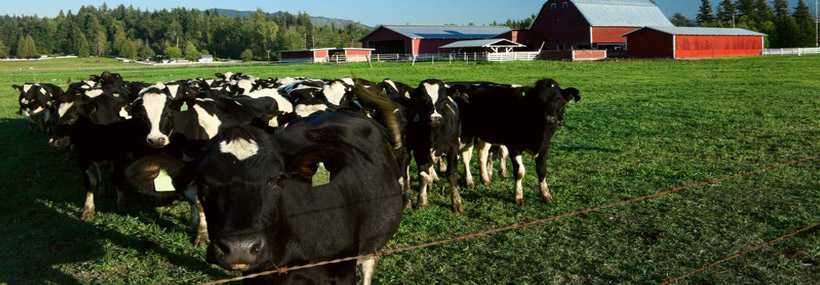API Bovine Viral Diarrhea (BVD) Testing
Bovine Viral Diarrhea virus-Persistently Infected (BVDv-PI) animals in beef herds are not very common in beef or dairy operations, however, when we do find a herd that has BVDv-PI animals, it usually indicates a serious problem. When a herd tests positive for Bovine Viral Diarrhea (BVD), there are usually multiple BVDv-PI animals, and the economic impact to the entire herd productivity can be high.
A particularly extreme example was described in the Journal of American Veterinary Medicine. The report chronicles the purchase of 136 pregnant beef cows in the fall of 2003. The following spring, 128 cows calved as expected; eight cows were believed to have aborted with the fetuses unavailable for evaluation. Of the 128 calves born, eight died within two weeks after birth and nine were born with congenital abnormalities. As a result, the cows and their calves were evaluated for BVD virus infection.
Clinical Findings
- 44 of 120 calves tested positive for BVDv
- Zero cows tested positive for BVDv
Outcome
- Five BVDv test-positive calves died shortly after weaning
- 39 BVDv test-positive calves were moved to an isolated feedlot
- Upon re-test, 36 had positive results, indicating they were persistently infected (PI) with BVDv
As yearlings:
- 17 of the 36 PI calves died suddenly with lesions consistent with mucosal disease
- Six died without gross lesions
- Two were euthanized because of chronic ill thrift
- The remaining 11 PI calves appeared healthy and were sold for slaughter
The author’s conclusion was that the introduction of BVDv into a naïve cow herd resulted in a loss of 44% of the calf crop due to reproductive loss, poor thrift, and mucosal disease.

